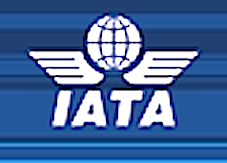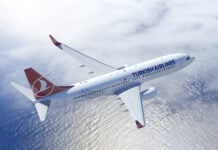The International Air Transport Association has revised upwards its global aviation outlook for 2012, saying that the fall in airline profits from the US$8.4 billion that the industry earned in 2011 will be cushioned by improved airline performance. Airlines are expected to earn $4.1 billion in 2012 (up $1.1 billion from the $3.0 billion forecast in June). The revision will still see the industry’s net profit margins fall from the 1.4% realised in 2011 to 0.6% (up from the previously forecast 0.5%).
Last Friday IATA also reported global traffic results for August showing demand for air transport continuing to flatten-out, but with significant regional variations. Demand for air travel expanded by 5.1% in August compared to the same month in 2011.

In its first look at 2013, IATA sees global profits rising modestly to $7.5 billion, though this is a net margin of just 1.1%. “The European sovereign debt crisis lingers on,” said Tony Tyler, Director General and Chief Executive. “China continues to moderate its growth, and the impact of recent quantitative easing in Japan and the USA will take time to yield growth. While some of these risks have diminished slightly over recent months, they continue to take their toll on business confidence. The outlook improvement is due to airlines performing better in a difficult environment.”
Improved airline performance was evident in second quarter results, which showed operating profits close to those of the previous year, following a tough first quarter. The evidence is showing that consolidation is producing positive results. Asset utilisation in the passenger segment is high across many markets. In past cycles passenger load factors and aircraft utilisation would have fallen by this stage, in the face of slowing demand and increasing aircraft deliveries. In the current cycle airlines have kept load factors and aircraft utilisation high. This has allowed yields to improve and spread fixed costs more widely. However, asset utilisation has fallen in the weaker cargo market, adversely affecting Asia-Pacific airlines in particular, where this business makes up a larger share of total revenues.
“Even six years ago, generating a profit with oil at $110/barrel (Brent) would have been unthinkable. The industry has re-shaped itself to cope by investing in new fleets, adopting more efficient processes, carefully managing capacity and consolidating. Despite these efforts, the industry’s profitability still balances on a knife-edge, with profit margins that do not cover the cost of capital,” added Tyler.




